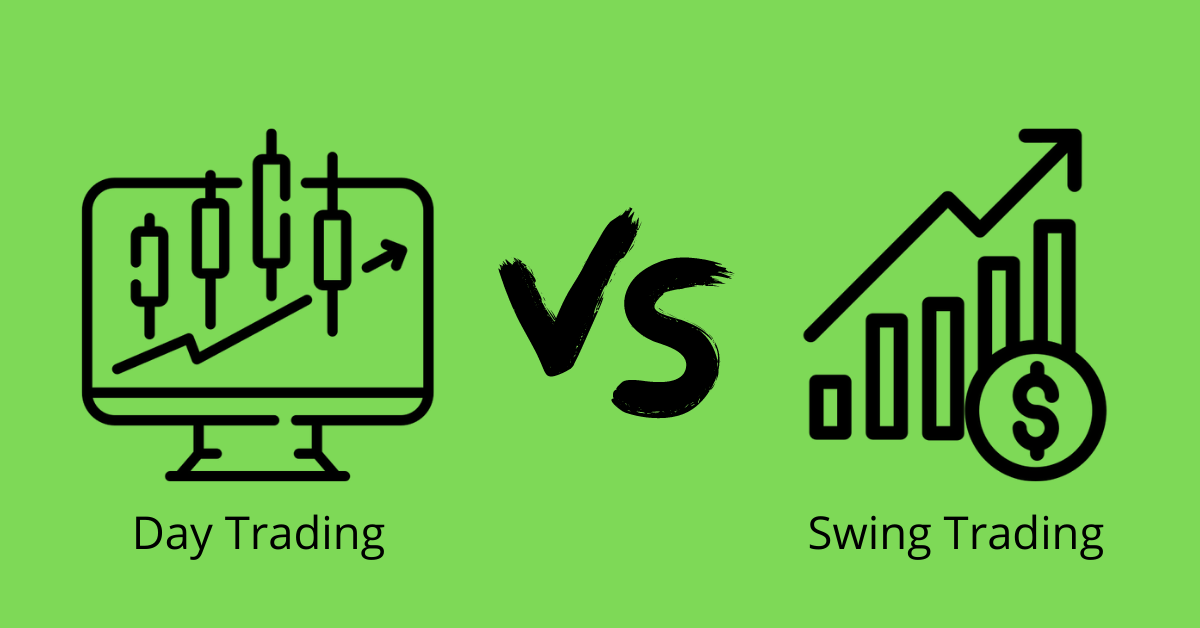Online trading offers a plethora of opportunities for investors, but the path to success can vary greatly depending on your chosen trading style. Two popular trading styles are day trading and swing trading, each with its unique approach and strategies. In this article, we will explore the differences between day trading and swing trading to help you determine which style suits your financial goals and preferences.
Day Trading: Seizing Short-Term Opportunities
1. Time Horizon:
Day trading is characterized by short time horizons. Day traders open and close positions within the same trading day, aiming to profit from intraday price movements. They do not hold positions overnight, minimizing exposure to overnight risks.
2. Frequency of Trades:
Day traders execute a high volume of trades daily. They capitalize on small price fluctuations, often relying on technical analysis and real-time data to make rapid trading decisions.
3. Risk Management:
Due to the rapid pace of day trading, risk management is paramount. Stop-loss orders are commonly used to limit potential losses, and day traders typically risk a small percentage of their capital on each trade.
4. Market Monitoring:
Day traders spend a significant amount of time monitoring the markets during trading hours. They seek to identify short-term trends and capitalize on price movements throughout the day.
5. Emotional Discipline:
Emotional discipline is crucial for day traders. The fast-paced nature of day trading can trigger emotional reactions to market fluctuations, making it essential to stick to predefined trading strategies.
Swing Trading: Riding Medium-Term Trends
1. Time Horizon:
Swing trading has a medium-term time horizon. Swing traders hold positions for several days to weeks, aiming to capture price swings within larger market trends.
2. Frequency of Trades:
Swing traders execute fewer trades compared to day traders. They focus on identifying and capitalizing on medium-term trends rather than intraday fluctuations.
3. Risk Management:
Risk management remains important in swing trading, but the risk per trade may be higher compared to day trading. Swing traders often have a more extended time frame to wait for a position to move in their favor.
4. Market Monitoring:
Swing traders do not need to monitor the markets as actively as day traders. They typically perform their analysis and execute trades on a daily or weekly basis, allowing for a more flexible schedule.
5. Emotional Discipline:
While emotional discipline is still crucial in swing trading, the lower frequency of trades can reduce the emotional stress associated with rapid trading decisions.
Choosing the Right Style for You
The choice between day trading and swing trading depends on several factors, including your risk tolerance, time availability, and trading objectives.
Consider Day Trading If:
- You have a high tolerance for risk and can handle the emotional demands of rapid trading.
- You can dedicate significant time during trading hours for market monitoring and execution.
- You prefer the potential for quick profits and don’t mind smaller gains per trade.
Consider Swing Trading If:
- You have a medium risk tolerance and prefer a more relaxed trading pace.
- You have a job or other commitments that limit your availability during trading hours.
- You are willing to wait for larger price swings to potentially yield more significant profits.
It’s Worth Noting:
- Both day trading and swing trading require a solid understanding of trading strategies, technical analysis, and risk management.
- Regardless of your chosen style, continuous learning and adaptability are key to success in online trading.
The Hybrid Approach:
Some traders combine elements of both day trading and swing trading, depending on market conditions and personal preferences. This hybrid approach allows for flexibility in adapting to different market situations.

